SLA concept car: how it is done in China
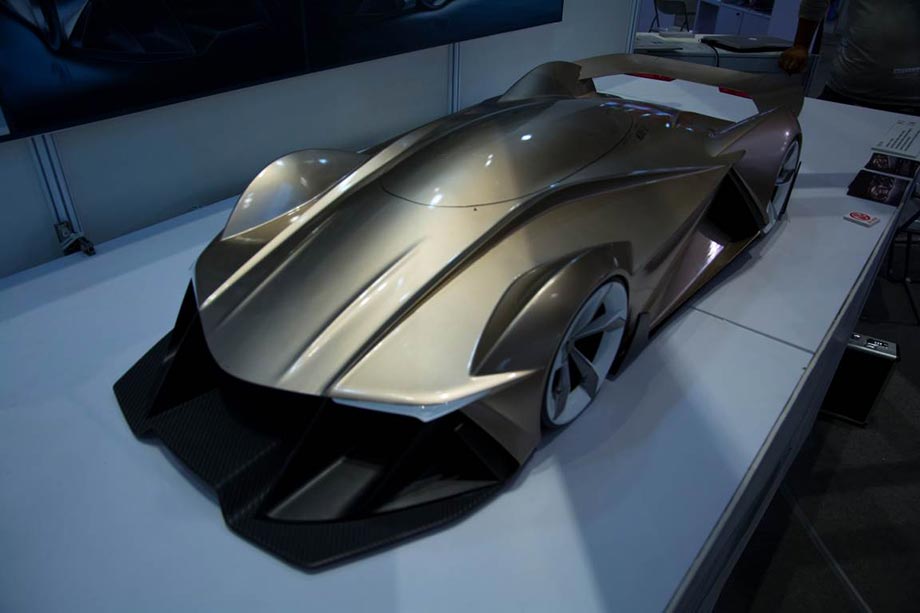
The 3D-printed Tension concept car (designed by Peter Lin)
iQB Technologies has become the exclusive distributor of ProtoFab , a major player in the Chinese 3D printing market. ProtoFab produces powerful and economical industrial SLA printers and unique materials for solving the most complex production tasks, as well as provides a wide range of 3D printing services. We are opening a series of publications on ProtoFab solutions with the history of an interesting project to create a concept car model using a photopolymer 3D printer .
- Project name: SKANDA concept car model, designer - Liu Yakhsin.
- Model size: about 1.2 m in length.
- Material: ProtoFab Formula L1 photopolymer.
- Manufacturing technology: stereolithographic 3D printing .
- Equipment: ProtoFab SLA600.
- Accuracy: 0.01 mm.
- Lead time: 10 days.
- Requirements: exact compliance with the sizes; smooth, well-defined lines; impressive overall appearance.
Prototype - in 10 days!
The design team of the Department of Industrial Design at Huafan University is a dedicated team of young professionals with diverse experience. In the project we want to talk about, a team led by its supervisor, director of transport design group Sean Lee, needed the help of ProtoFab in the manufacture of high-quality models of sports cars for demonstration at exhibitions.
Below is an image of a 4x4 vehicle designed for business customers. The designer decided to use elements of traditional Chinese architecture, and the intersecting lines characteristic of this style provided the car with an extremely spectacular appearance. Here is one of the sketches the customer provided to ProtoFab:
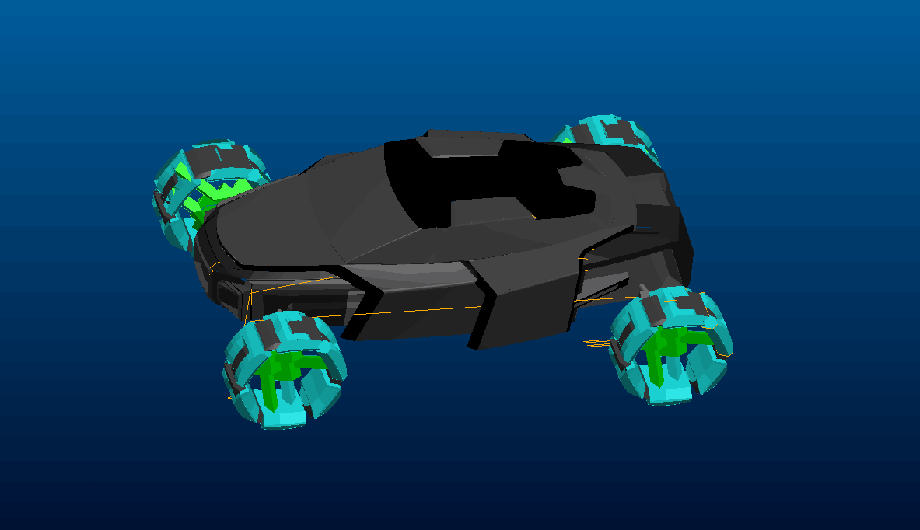
Design sketch of a prototype sports car
Problems
- The model was quite large - 1.2 meters in length, which required its assembly from several parts.
- Specialists in post-processing were required to be particularly careful when performing complex and time-consuming polishing and painting operations.
- The assembly phase was also very difficult due to the need to glue several parts manually. This task was a serious test for the assembly team.
Solutions
1. Given that the SLA600 3D printer can print objects up to 600 x 600 x 400 mm in size, the model had to be divided into eight parts. Using software , we evaluated the possibility of manufacturing each individual section of the model and optimized their design for 3D printing. These eight parts are shown in the illustration below, where each is highlighted in its own color. After completing the simulation of each of the eight individual elements using software, we modeled the final design to make sure that the assembly operation will go exactly as it should.

Full-size scan of the prototype
2. After printing, we carefully removed the model from the 3D printer, washed it with alcohol and removed the support. After painstaking post-processing, there were no traces of supporting structures, and the surface of the model became absolutely smooth. An initially printed object may be slightly roughened, with some noticeable surface defects.

Polishing parts that just came off a 3D printer
We polished the model, starting with coarse sandpaper, and then gradually moving to the finest. ProtoFab is renowned for its attention to detail, with the polishing step being an additional confirmation. Polishing was carried out in shifts and took longer than usual due to the large size and complexity of the model, as well as due to strict requirements. High demands were made at this stage for the qualifications of the entire team. As planned, we painted each of the eight parts with our own color and tried to make the finish as brilliant as possible. So that the coating does not lose its luster over time, a very high quality paint was used.
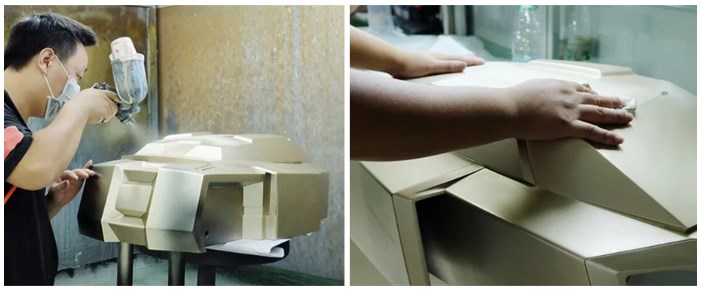
After applying the paint, additional polishing is performed to ensure the best surface quality.
3. The most difficult part of the project was the assembly phase. All eight printed parts of the model had to be glued together, in accordance with high customer requirements for quality finishes. To connect the parts, we used bonding, cross-weaving and other methods. We also completed the model inside the foamed material , with the result that it increased slightly in volume. This allowed us to emphasize the design features and gave a more realistic look to the model as a whole.
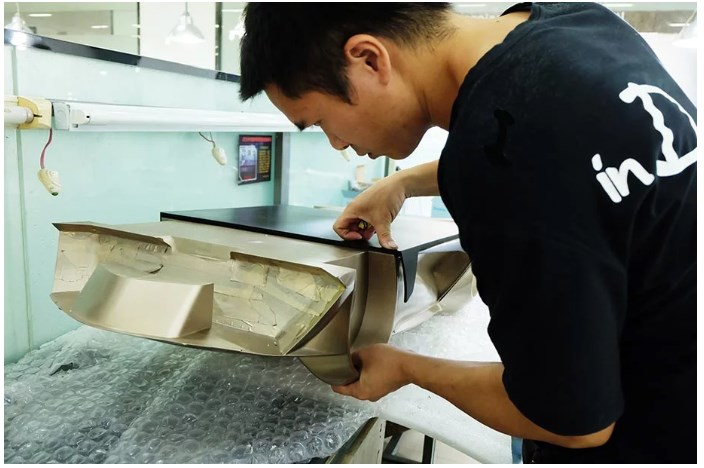
Final assembly
Finished model
Below is a 3D model of the concept car, as well as several other models made by ProtoFab for the Huafan University design team.
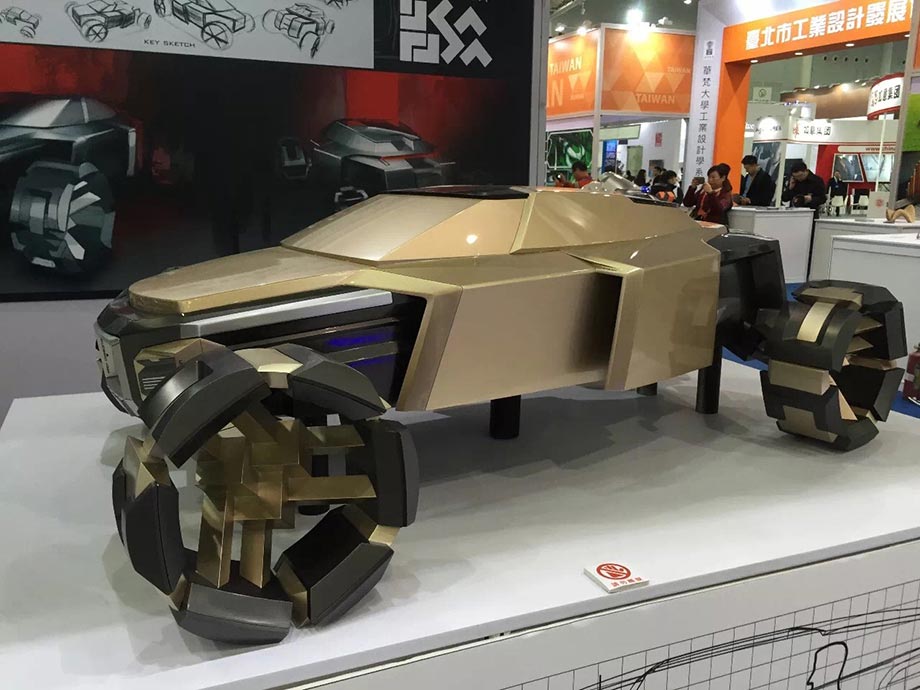
The concept car created on the ProtoFab SLA600
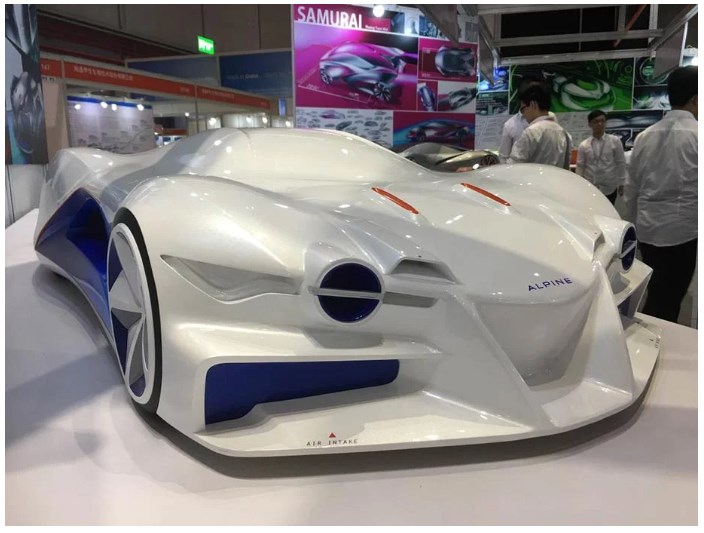
Alpine printer (designers - Lin Li, Peter Lin, Ricky Ting, Huan Yuanwei)
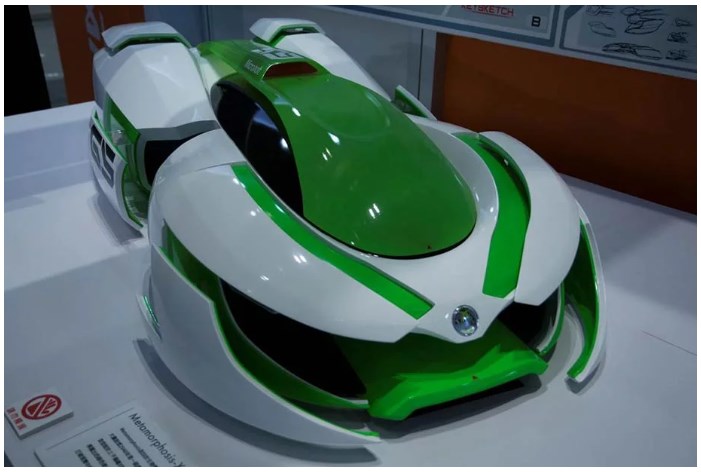
Metamorphosis - X Evolution (designer - Cai Chigi)
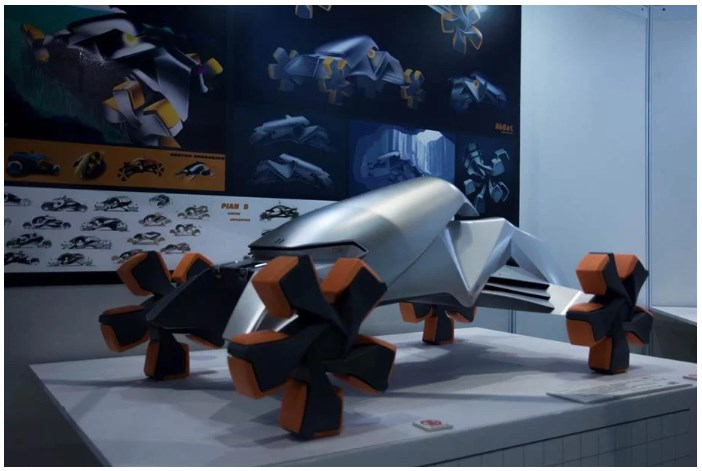
Gravity (designer - Ricky Tin)
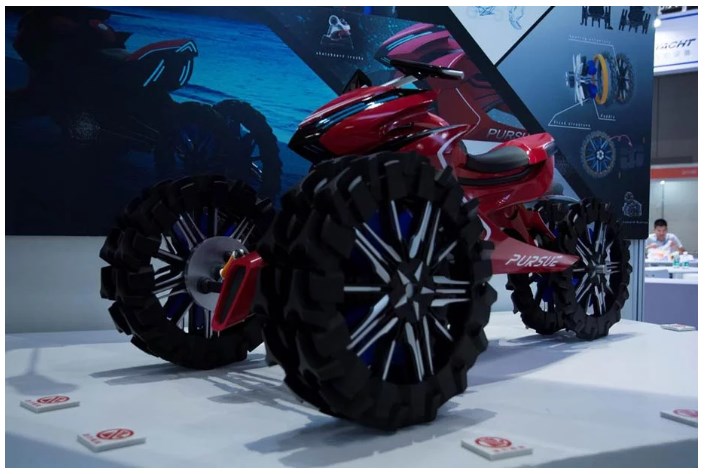
Pursue (designer - Wan Huaiji)
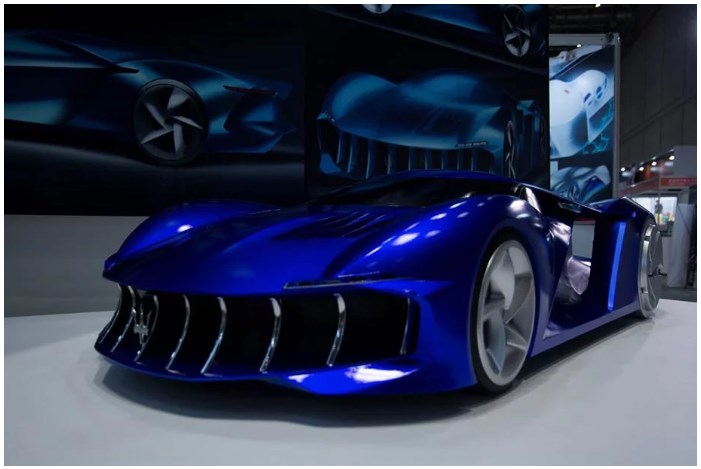
Maserati Frenesia Concept (designer - Yuan Chen)
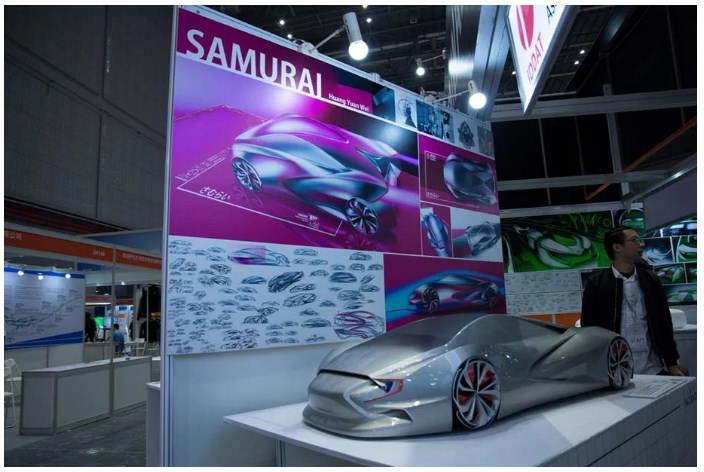
Samurai (designer - Huan Yuanwei)
All the models that we made for students from Huafan University were well received both by the designers themselves and visitors to the exhibitions. The creation of a concept car model within the framework of this project was completed in 10 days and became a real test for all involved specialists, especially at the final stage. It was very pleasant to see that the results of our hard work were put on public display and received such a positive response.
Material provided by ProtoFab
Want to know more about the 3D printing solutions offered by ProtoFab? Visit the iQB Technologies booth at Metalworking 2019
